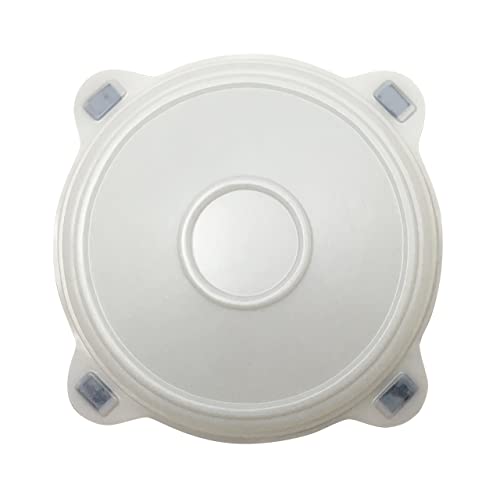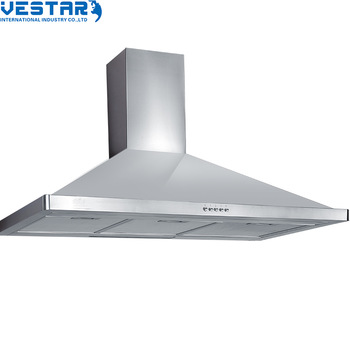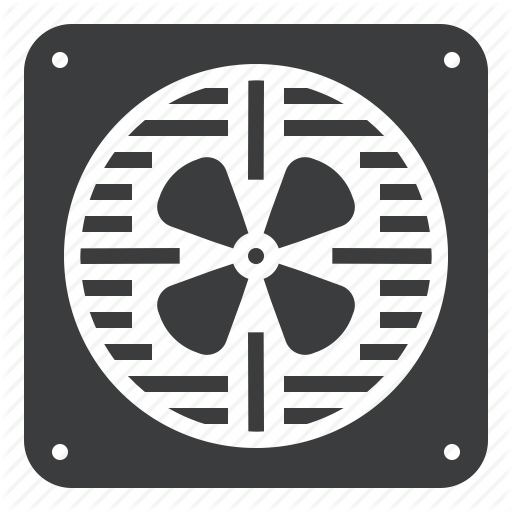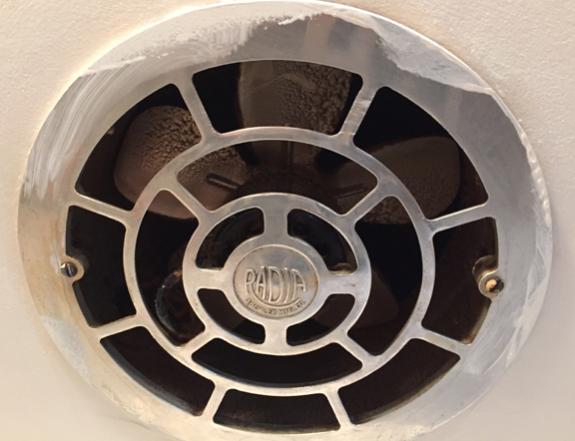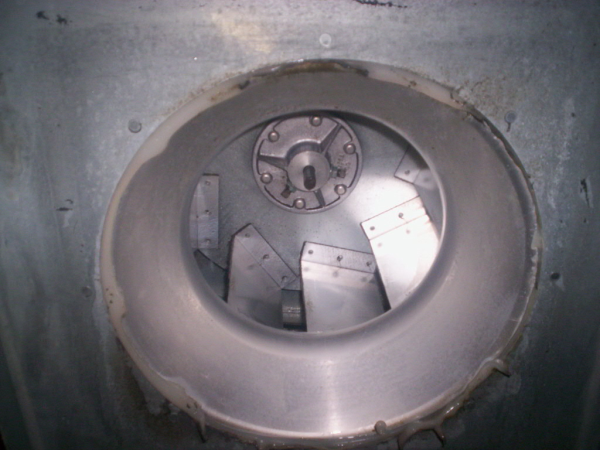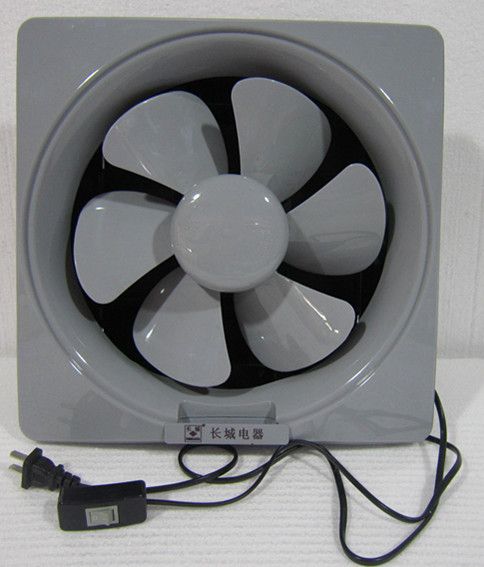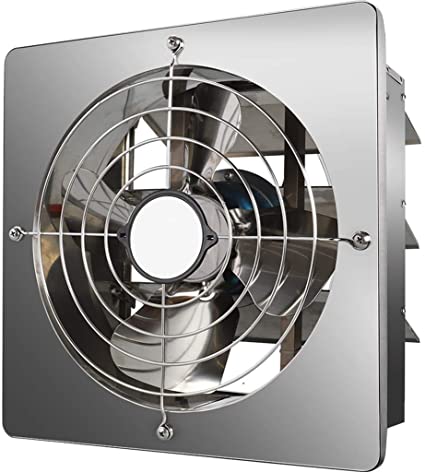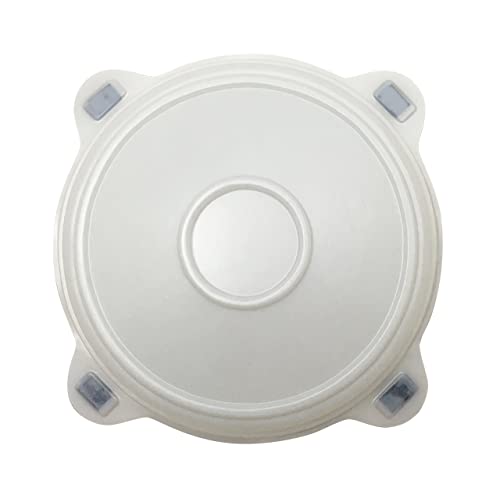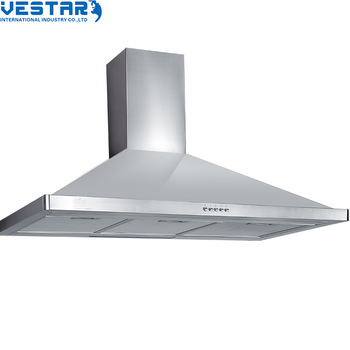Every home must have certain basic properties to make it habitable, including ventilation. Adequate ventilation allows contaminated air to be expelled. In kitchens, ventilation cannot be ignored, and there is even a need for a more complex extraction system that allows you to control which air you want to remove. That’s why a kitchen exhaust fan is installed, but many people don’t know all of the problems they cause if they don’t meet certain quality standards.
Kitchen fans are usually installed over ovens in places where there are electrical appliances that, when used, produce vapors full of grease and unpleasant smells. This way, you can activate it to keep your kitchen clean and free of moisture that could damage its structure.
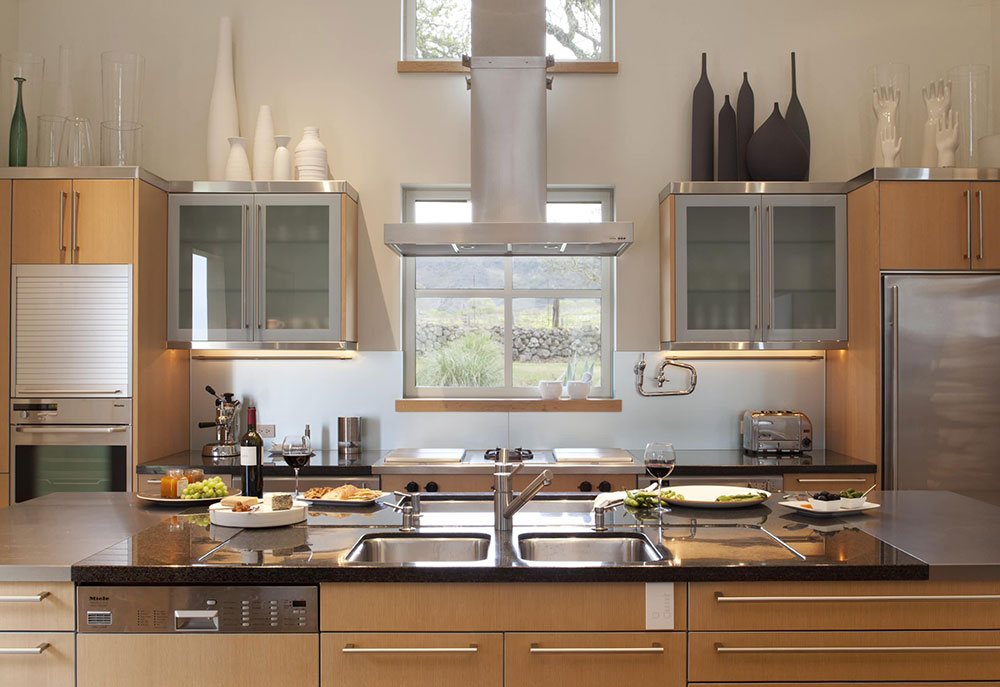 Image source: Remick Associates Architects + Baumeister
Image source: Remick Associates Architects + Baumeister
The problem is that some people think that kitchen exhaust fans are just decoration and they don’t take a lot of things into account when installing, which makes their performance under the optimum. They can even pose a danger to you in the event of a fire.
If you don’t want a poor installation in your kitchen to become a mess, read on to learn how to avoid the most common problems with these devices.
This is how a kitchen fan works
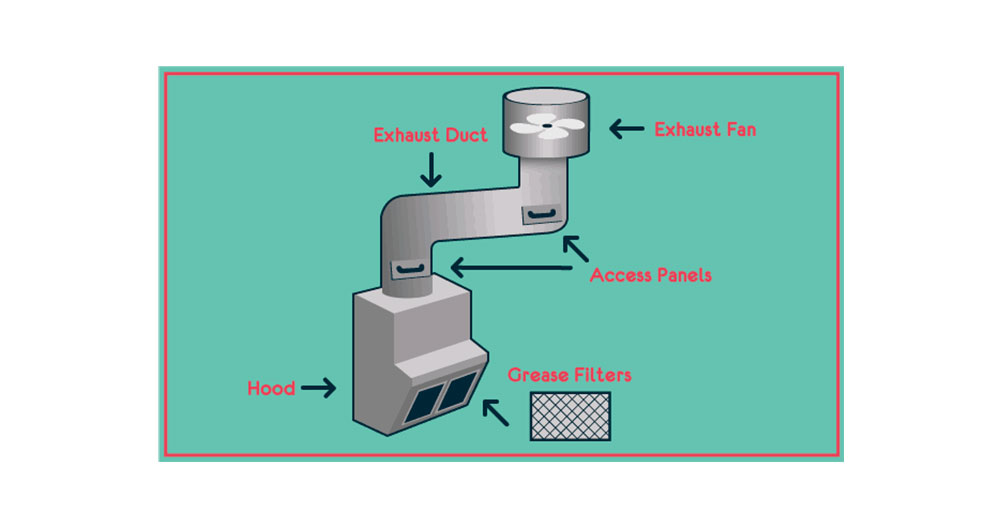
A kitchen fan works much like any other extractor: This has a motorized fan in the duct, which sucks in and collects the air underneath.
Some kitchen pullers also have built-in lights or different suction speeds for more efficient work.
These are usually activated manually using a switch or button. However, some more advanced models use a thermostat to automatically turn on when they exceed a certain temperature.
Common disadvantages of the exhaust fan for the kitchen
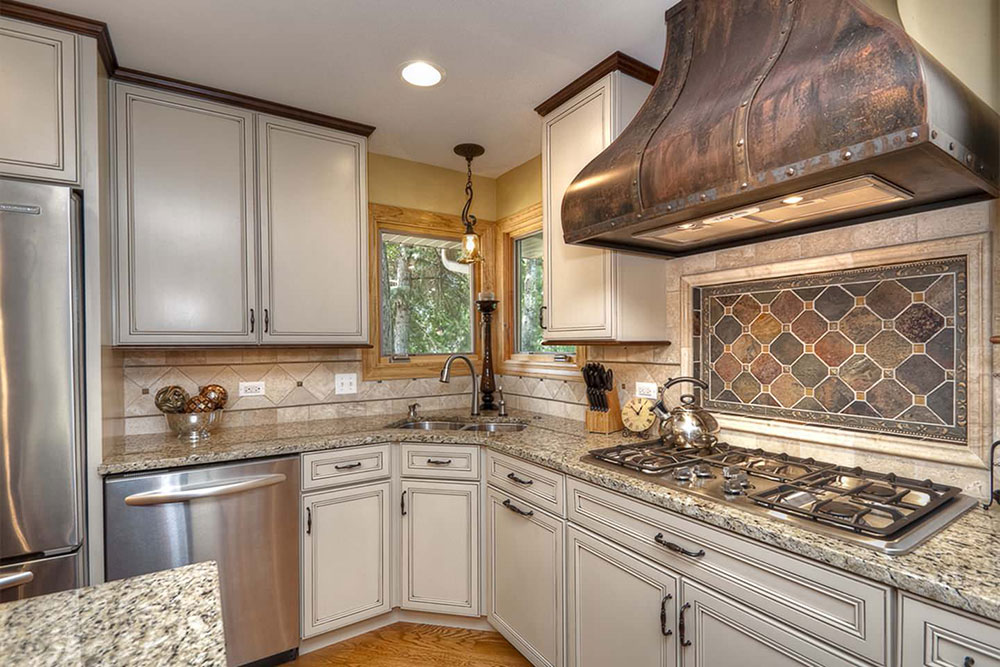 Image source: RAHokanson photography
Image source: RAHokanson photography
There are two common reasons why an exhaust fan loses its usefulness: it has been poorly installed and does not absorb air, or the owners do not use it when cooking. The first of the causes is also broken down into other minor problems that lead to poor performance.
The kitchen exhaust fan is unnecessary or annoying
 Image source: Rockefeller Kempel Architects
Image source: Rockefeller Kempel Architects
A survey of several homeowners showed that the vast majority did not use the exhaust fan for several reasons. The most common reason is that they see it as an unnecessary invention, although another part of the respondents admits that the sound this fan produces is very loud and they prefer not to use it.
About 20% of people said they did not currently have an extractor hood in their kitchen, and even 10% admitted that they had never used one. Only 13% said they used the extractor all the time.
Proper maintenance starts with good access
 Image source: collaborative interiors
Image source: collaborative interiors
Your extractor may fail due to poor maintenance. Suction channels must be cleaned frequently so that they are not clogged by grease and moisture. For this reason, it is recommended to install doors that allow access to the inner part of the channels.
These gates must be large and must be located every time the channel changes direction. A door should be installed every 12 feet for horizontal ducts or every 3 feet for a fan.
As in the rest of the kitchen, it is recommended that the materials of these doors be grease resistant.
Even if the exhaust ducts are not used all the time, they are exposed to agents that can affect their performance. In some cases, they can even cause explosions if it is fat or oil.
Bad location or seal
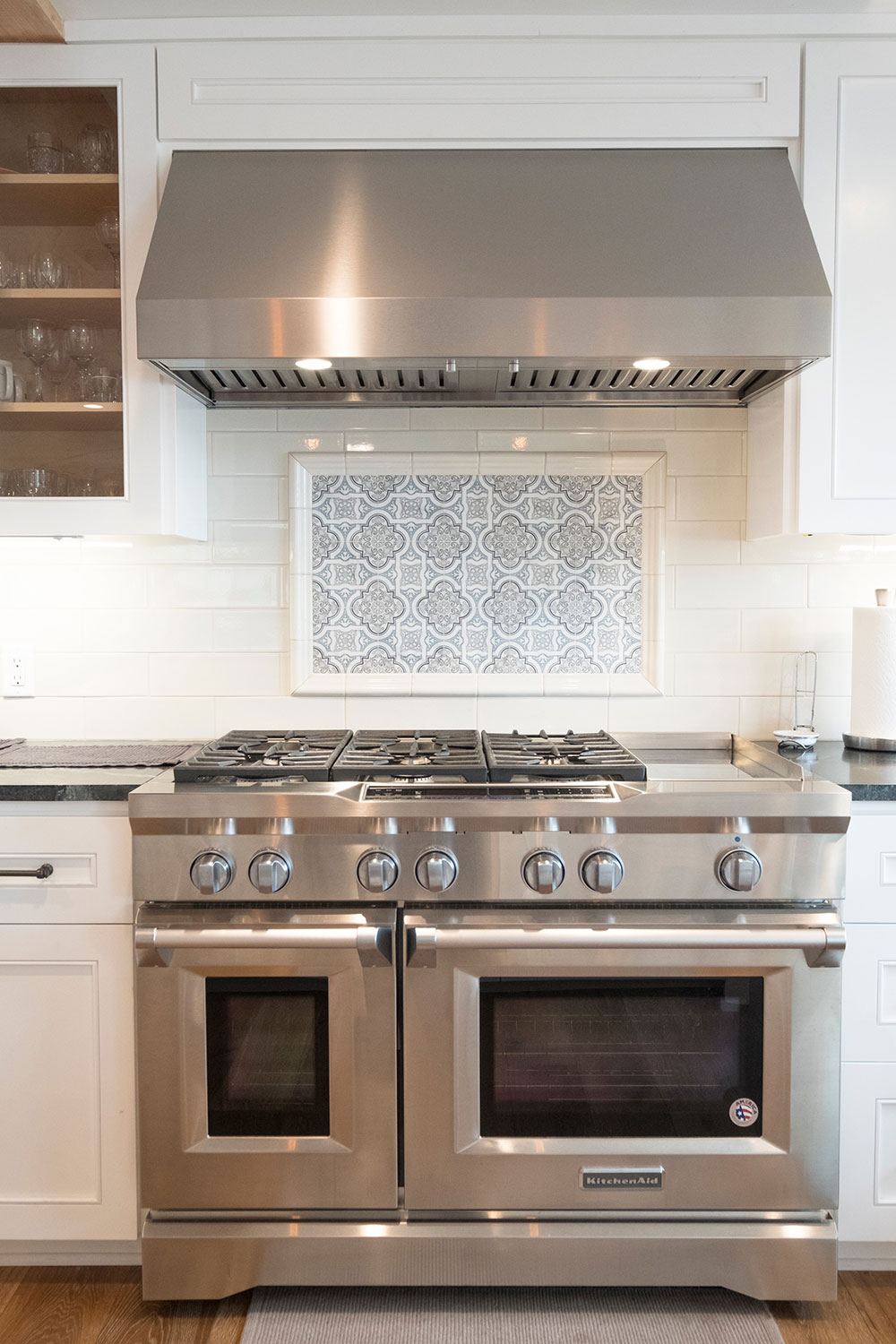 Image source: WINS GENERAL CONTRACT
Image source: WINS GENERAL CONTRACT
The location of the extractor is important so that it can function properly. If it is not near the steam generating equipment, it cannot efficiently absorb air.
If the ducts are not properly sealed, the residual air can escape and compromise the integrity of other areas in your home.
Not all kitchen exhaust fans exhaust air, but they do try to filter the contaminants to circulate later in the house. In these cases, the installation of the pipelines is not so relevant.
Extractors are loud
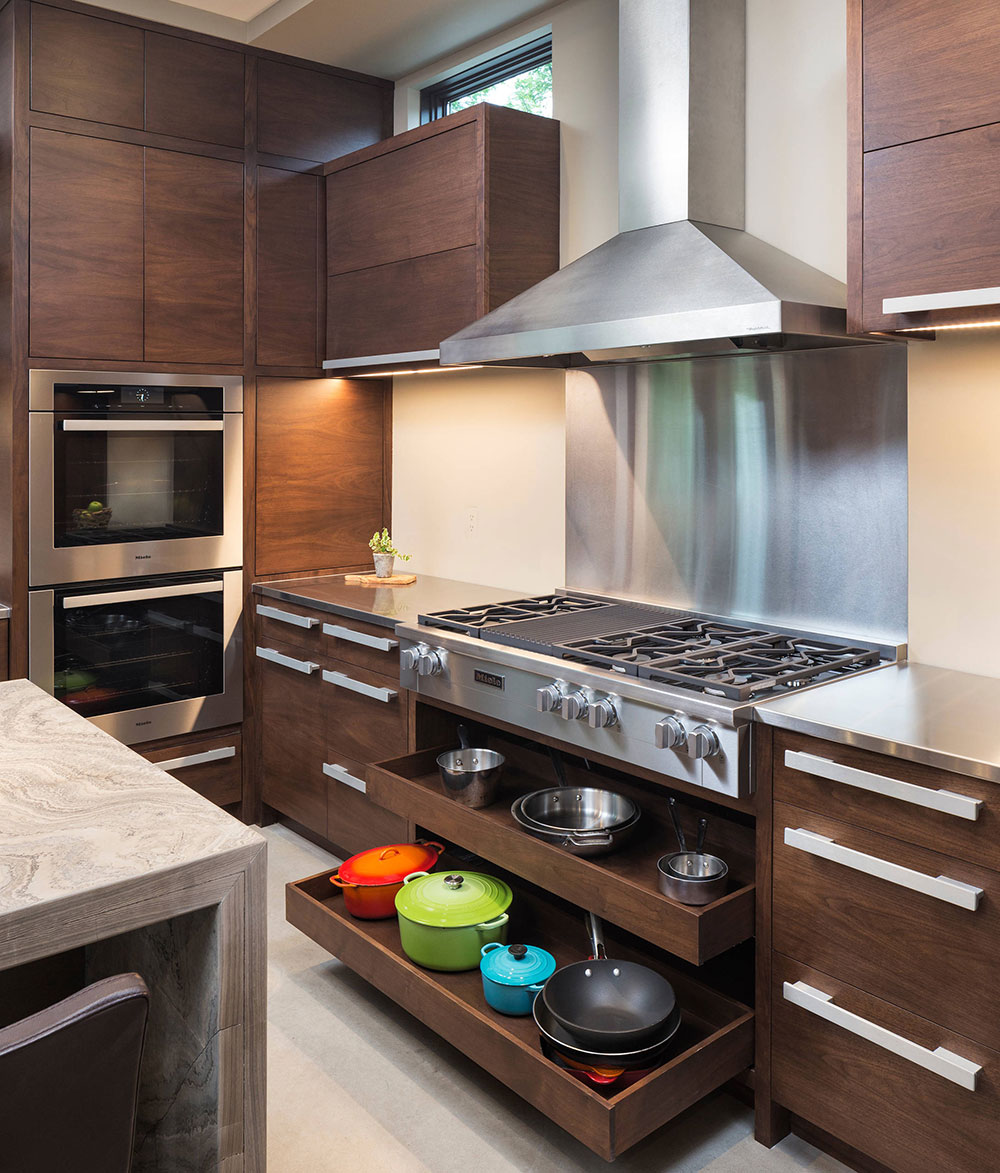 Image source: John Kraemer & Sons
Image source: John Kraemer & Sons
There is no way to prevent the extractor from making noises no matter how hard you try, the fan is a bit noisy during operation. However, the sound should not be so loud that it is not fully used.
If the installation was not the best and left loose or misplaced parts, the exhaust fan will be even louder. In these situations, a professional review is recommended. Remember that not using the kitchen fan just because of the noise is not an acceptable excuse for moisture and odors to build up in your home.
The heat source is very close to the extractor
 Image source: k YODER Design, LLC
Image source: k YODER Design, LLC
For your safety, the kitchen exhaust fan should be a safe distance from any heat source. The kitchen is at risk of fire, and if appliances are close together, the flames may spread much faster.
For gas stoves, a minimum distance of 45 centimeters must be maintained to prevent the fire from reaching the puller. The charcoal grills should be 122 centimeters from the extractor.
The stove’s gas lines must be installed on the wall, preferably toward the floor, to keep them away from the kitchen ceiling exhaust fan.
Household appliances are not only dangerous near the extractor, but all flammable materials must be kept away from them. Oils, fuels, detergents, and even some foods tend to burn and cause large fires.
Although attempts are made to place the ducts as far away from dangerous areas as possible, there is usually a pipe on the outside that needs to be coated to avoid accidents. These are enclosed in special rooms made of refractory materials, which must not be used as shelves.
Recommendations for improving the operation of the extractor
Ventilation is always required in the kitchen, even if no fat is produced during cooking. This is the only way to keep odors away to ensure a more comfortable working environment.
After knowing the most common mistakes of kitchen exhaust fans, you can try to fix them to get a cleaner and more hygienic kitchen. These are some of the recommendations you can apply to.
Prevent fat from getting into the extractor
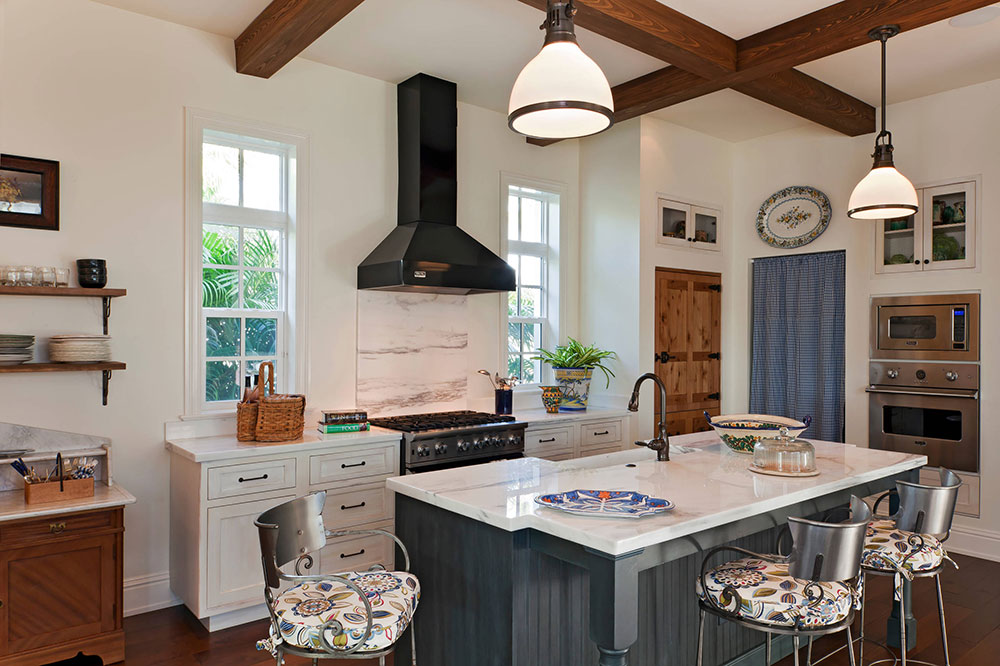 Image source: BCB Homes, Inc.
Image source: BCB Homes, Inc.
Installing a carbon barrier is an inexpensive way to reduce the amount of fat particles that the kitchen exhaust fan will hold. This is a common kitchen accessory that has the added benefit of reducing bad smells.
The best thing about a carbon-based coating is that you can wash it several times with soap and water, which extends its lifespan.
Minimum ventilation requirements
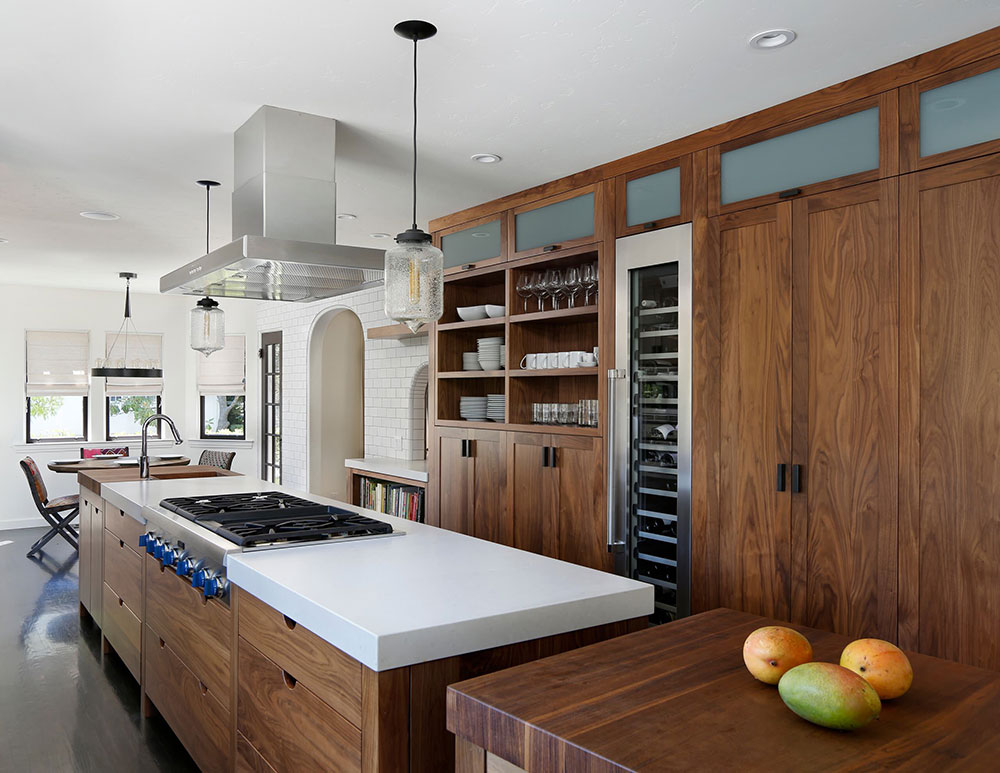 Image source: Bernard Andre Photography
Image source: Bernard Andre Photography
With a wall fan, the air must be directed outside and not to another room. If this is not possible and you need to install ducts, they must have certain properties.
Ducting generally has a dimension equal to or larger than that of the kitchen fan. They must be made of metal to prevent deterioration in use. In addition, the walls must be smooth to avoid the accumulation of dirt.
If possible, avoid curves, especially if they are sharp. Each section must be properly insulated with putty or silicone to prevent leaks.
Carry out a visual inspection
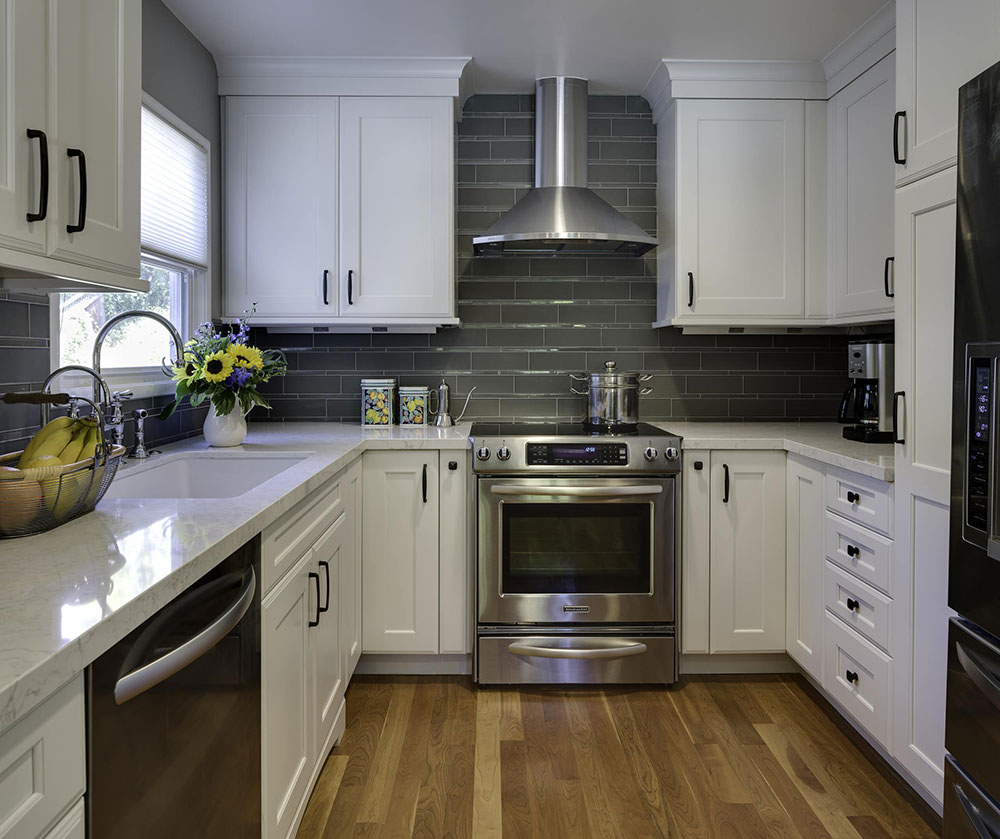 Image source: Barbra bright design
Image source: Barbra bright design
The first step in identifying a problem in a kitchen fan is to discard the easily visible ones.
If you are using a kitchen fan, make sure that the fan expels the air and does not circulate it around your home.
Check that all connections are properly sealed. The fan and ducts are connected with mechanical fasteners, while each section of the duct is sealed with putty or spray foam. The second option is more effective for rigid installations.
Keep the window open
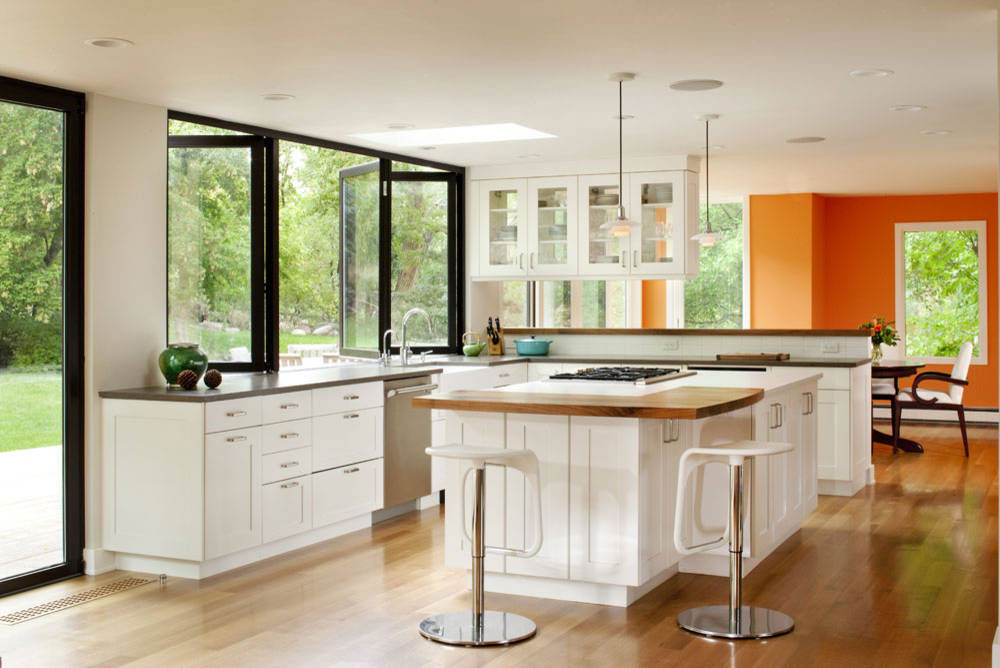 Image source: Melton design build
Image source: Melton design build
The most basic thing you can do to help your ventilation system is to simply open the windows of your house. If the weather permits, it is recommended to open doors and windows while cooking so that vapors and smells do not accumulate.
In contrast to an exhaust fan, opening windows and doors allows fresh air to enter, which means that the temperature of your house always remains pleasant.
If you liked to read this article about the kitchen exhaust fan, you should also read this:
 TopsDecor.com Home Decor Ideas
TopsDecor.com Home Decor Ideas

